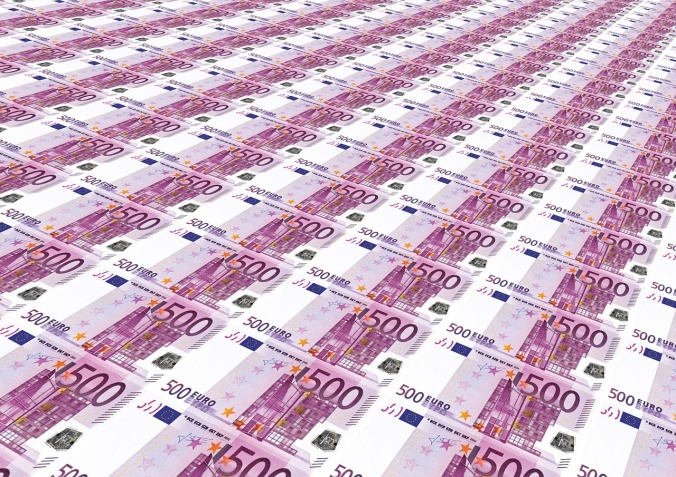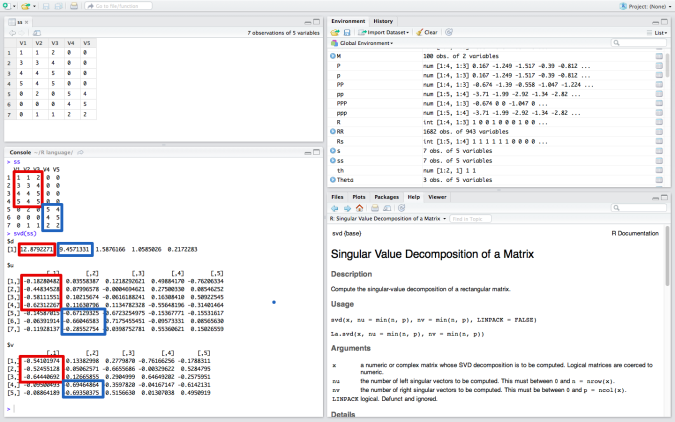Merry Christmas ! The end of 2014 is approaching. It is a good time to consider what will happen in the fields of machine learning and mobile services in 2015. This week we consider machine translation and image recognition, next week recommender systems and internet of things as well as mobile services by machine leaning. I hope you can enjoy it !
1. Machine translation / Text mining
Skype is a top innovator in this fields. Microsoft already announced that machine translation between English and Spanish is available by Skype. So in 2015, it would be possible to translate between English and other languages. Text translation is also available among 40 languages in its chat service. So language barrier are getting lower and lower. It is still difficult to answer to questions by computers automatically. But it is also gradually improved. Mizuho bank announced that it will use IBM Watson, one of the famous artificial intelligence to assist call center operators. These technologies make global service to be developed more easily as manuscripts and frequent Q&A are translated from the language to another automatically. I love that because my educational programs can be expanded to all over the world!
2. Image recognition
Since computers identified the image of cats automatically by deep learning, images recognition technology progresses dramatically. Soft bank announced that Pepper, new robot for consumers, will be able to read human emotions. In my view, the most important factor to read emotions must be image recognition of human facial expressions. Pepper could be very good at doing this therefore it can read human emotions. Image recognition technology is very good for us as each smart phone has a nice camera and it is easy for people to take pictures and send them to clouds and social media. Image recognition can enable us to analyze massive amount of images, which are sent through internet. That data must be a treasure for us.
These machine learning technologies must be connected to mobile phone of each customer in 2015. It means that mobile services are enhanced by machine learning dramatically. All information around us will be collected through internet and send to machine learning in real-time basis and machine learning will return the best answer for individuals. This will be standard model of mobile services as speed of calculation and communication are increasing rapidly.
Next week we consider recommender systems, internet of things and investment technology. See you next week!




